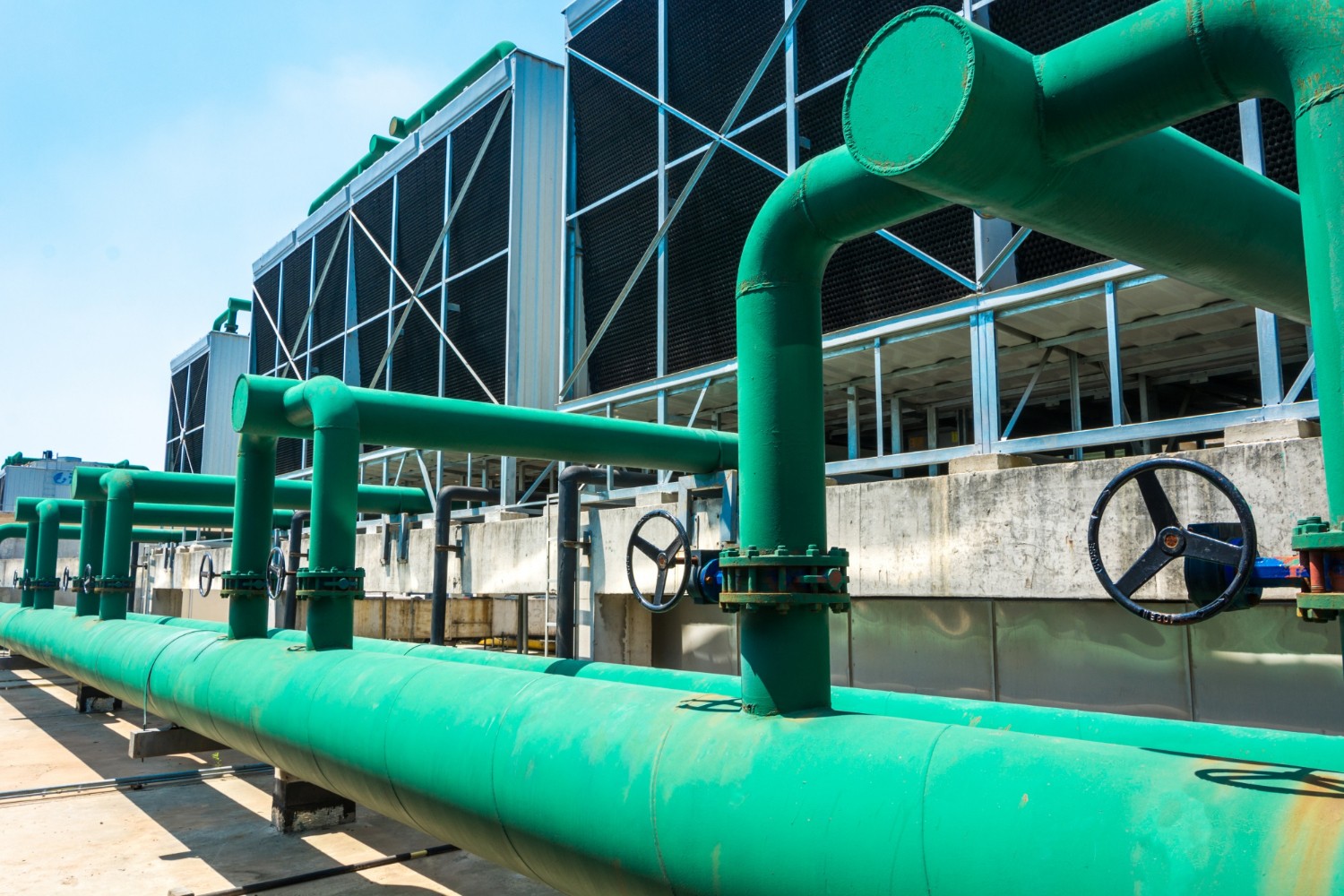Introduction
Curious about the smart grid in UAE and its impact on energy?
The UAE is revolutionizing its energy management with advanced smart grid technologies. This move aims to boost energy efficiency and support renewable integration.
In this article, we break down DEWA’s smart grid initiatives, key components of the system, and future prospects for the UAE’s energy landscape.
So let’s dive into the first part of our article, the vision of the UAE for a smart city.
UAE’s Vision for Smart Grid and Utilities
The United Arab Emirates (UAE) is committed to a revolutionary integration of smart grid technology. With a clear objective of boosting energy efficiency and reliability in service across its utilities. The Dubai Electricity and Water Authority (DEWA), which stands at the core of this strategy, is steering Dubai towards its aspiration to be recognized as a smart city by incorporating new technologies.
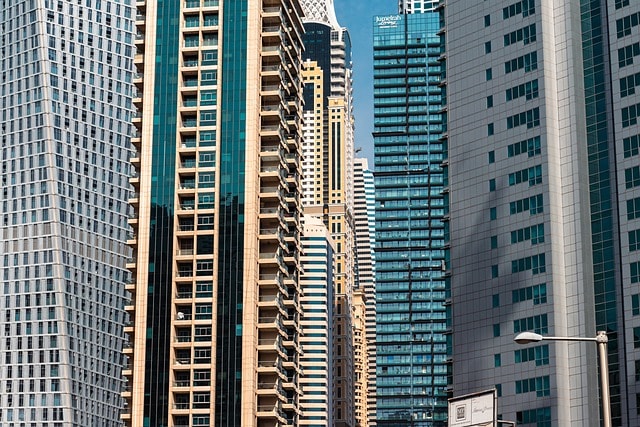
A prime example of these developments is the Green Charger initiative initiated by DEWA, under which more than 700 electric vehicle charging stations have been set up throughout Dubai. This program lays down the infrastructure groundwork critical for accommodating electric vehicles. Thereby, advancing environmentally friendly urban transportation methods.
Integrating these charge points within the smart grid framework, DEWA efficiently manages escalating electric vehicle usage demands while ensuring power grid robustness.
DEWA’s Smart Grid Strategy 2021-2035
The updated Smart Grid Strategy 2021-2035 by DEWA constitutes a detailed blueprint destined for upgrading the performance and dependability of Dubai’s power and water systems, all while reinforcing its commitment to corporate governance principles.
It revolves around six pivotal elements:
- Essential capabilities
- Automation of the grid
- Intelligent energy resolutions
- Smart management of water resources
- Incorporation of artificial intelligence (AI)
- Groundbreaking services.
Together, these components are instrumental in fulfilling the overarching objectives set out by the smart grid strategy.
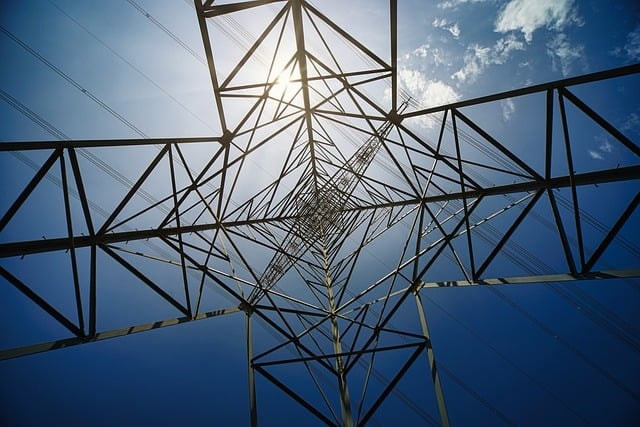
By implementing advanced metering infrastructure that centralizes over two million automatically-read smart meters, there is an improvement in monitoring electricity, gas, and water use patterns. These devices such as the W-Solution provide real-time data alongside analytical insights enabling end-users to make well-informed decisions about their consumption habits.
The Automatic Smart Grid Restoration System (ASGR) represents an additional innovative endeavor within this framework. Notable for being unprecedented in its introduction across the MENA region. It elevates electrical network robustness by instantaneously re-establishing electric supply after disruptions occur, ensuring continuous operation while sustaining system reliability.
Achievements Under DEWA’s Smart Grid Strategy 2014–2035
The progress achieved as a part of DEWA’s Smart Grid Strategy from 2014 to 2035 is truly impressive. Within five years, from 2015 to 2020, more than two million smart meters were installed. The automation process for its transmission network was completed by DEWA.
These significant upgrades have markedly improved the efficiency of operating Dubai’s electricity and water infrastructure.

Highlighting these achievements is the creation of the Smart Meters Analysis and Diagnosis Centre. Through this facility, DEWA can now perform monitoring activities on smart meters at 15-minute intervals. This provides instantaneous data analysis facilitating quick reactions to any abnormalities that might occur.
Such developments demonstrate DEWA’s dedication to embracing smart grid technologies in their mission to provide reliable and efficient utility services.
Key Components of UAE’s Smart Grid System
The smart grid in the UAE is a sophisticated network designed to enhance energy management through several essential components. At its core lies the advanced metering infrastructure, which encompasses smart meters that deliver instantaneous data about energy usage.
These meters are pivotal for both consumers and operators of power grids by aiding in improved management of consumption and elevating the efficiency within the entire power grid system.
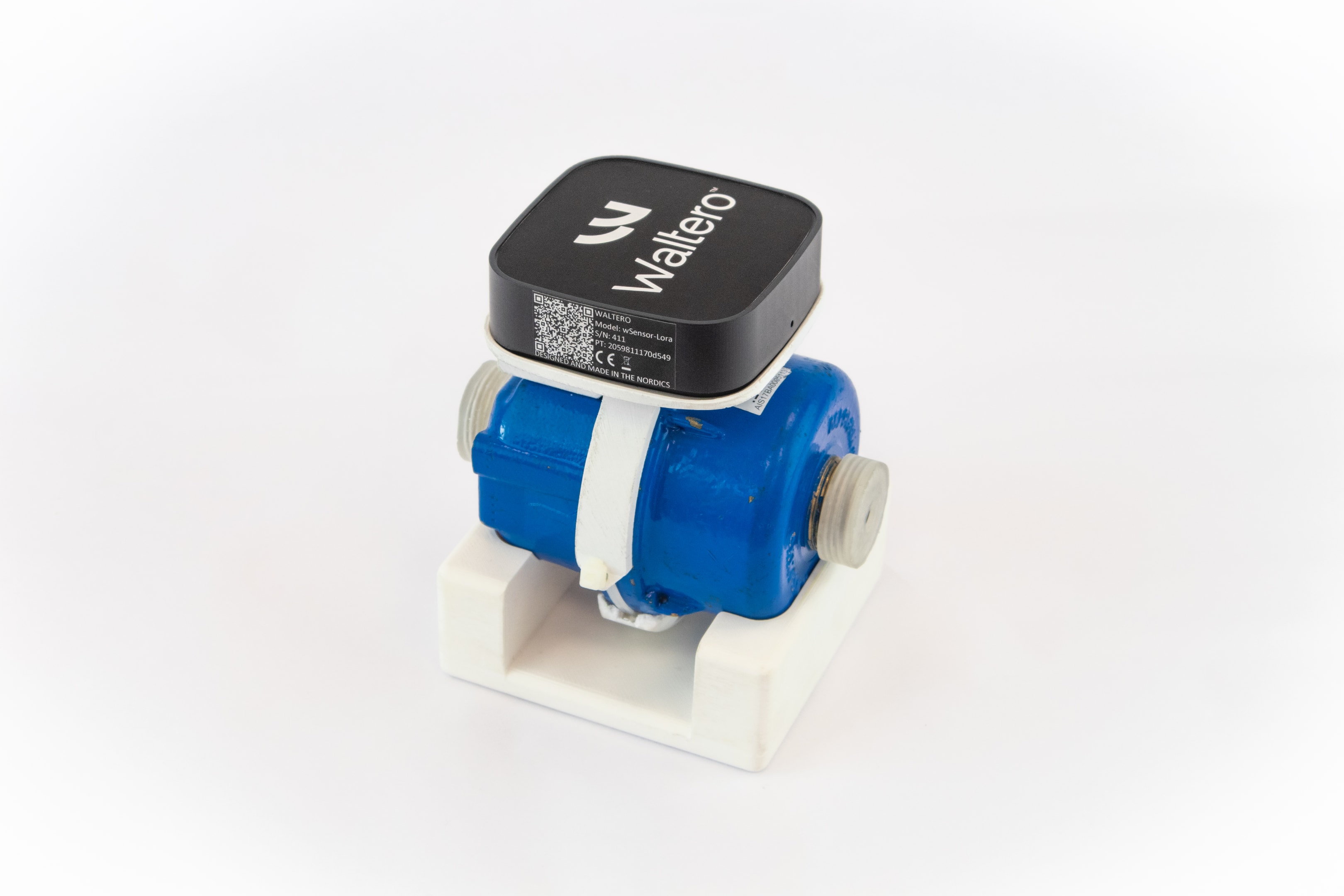
Wireless Smart Metering Sensors and analytical data tools also serve as crucial elements, providing constant supervision and governance over grid systems.
Such technologies provide operators with valuable insights required for informed decision-making processes that uphold stability and reliability across the supply network.
As renewable energy sources become more prevalent, Battery Energy Storage Systems (BESS) prove indispensable in ensuring sustained equilibrium within the grid.
By installing advanced metering solutions, sensor technology, and analytic capabilities along with battery storage systems. There’s a clear dedication from the UAE towards embracing smart grid technology advancements, it’s moving toward constructing a robust yet flexible future-ready energy landscape capable of accommodating evolving demands.
Advanced Metering Infrastructure (AMI)
The cornerstone of the UAE’s strategy for smart grids is Advanced Metering Infrastructure (AMI), which delivers precise data on energy consumption. This technology empowers users by providing them with insights into their usage patterns, thereby facilitating more informed decisions regarding energy utilization.
For example, DEWA’s Smart Living dashboard allows customers to track their water and electricity use in real time, encouraging more environmentally friendly habits.
Also, we find the case of TAQA partnering with Etisalat Digital, there’s a concerted push to boost AMI within Abu Dhabi aiming for full connectivity of all smart meters.
Battery Energy Storage Systems
Integral components of the UAE’s smart grid, Battery Energy Storage Systems (BESS), play a crucial role in managing the variable supply from renewable energy sources.
As the share of renewable energy grows, integrating BESS ensures grid stability by storing surplus power produced when demand is low and distributing it during high consumption to balance and maintain grid reliability.
To boost grid stabilization and increase the adoption of renewable energy, the UAE is expansively pursuing battery energy storage projects.
Role of Renewable Energy in UAE’s Smart Grid
The incorporation of renewable energy sources is essential for the nation to fulfill its environmental goals and bolster overall ecological viability.
A crucial component to attaining the goal lies in Advanced Metering Infrastructure (AMI). IoT-Based Smart Metering System that provides precise real-time data on energy usage, IoT & AI assistance features, also empowers consumers to interact more effectively with their patterns of energy consumption.

Initiatives such as the Al Dhafra Solar PV project regarding the wind power program mark significant progress in the country’s pursuit of renewable energies. These actions are set to transform how energy demand interfaces with supply, thus enriching the UAE’s assortment of available energies while also fortifying national power security.
The UAE, through initiatives like Masdar, is advancing its economic and ecological goals by diversifying income and promoting renewable energy. It is leading in smart grid technologies, setting a global example for sustainable resource management. And also transitioning towards more responsible and enduring energy practices.
Innovations by Waltero in Smart Grid Technology
Waltero has positioned itself as a significant contributor within the smart grid technology sector by offering cutting-edge enhancements that strengthen both the efficiency and capability of current utility meters.
By upgrading smart meters with sophisticated IoT advancements, the W-Solution provides utilities the opportunity to elevate their performance. Without having to replace the entire meter overhauls, thereby prolonging the service life of their existing assets while maintaining installation cost-effectiveness.
This approach diminishes expenses, ensures efficiency, and accelerates the implementation process for smart grid technologies.
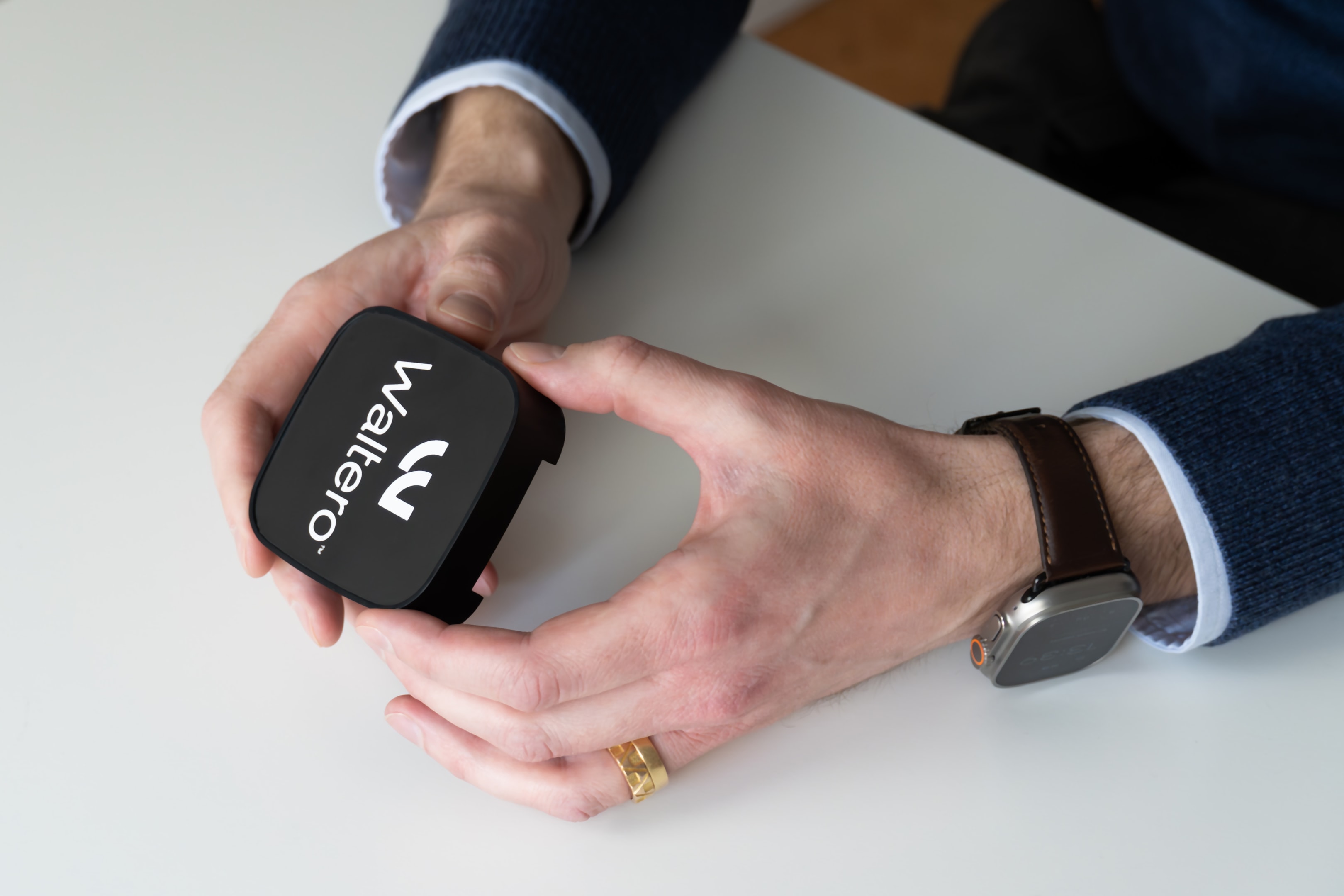
Designed with scalability in mind, Waltero’s innovations ensure they can keep pace with technological advancements and surges in energy consumption. The ability to expand is critical for utilities that aim to fortify their infrastructure against future developments. While at the same time preserving operational effectiveness during transitions within energy systems.
Waltero’s End-to-End Solution
Waltero delivers an end-to-end solution for smart grid systems, which includes the integration of sensors, efficient data management, and communication technologies, the W-Cloud computing AI and IoT services.
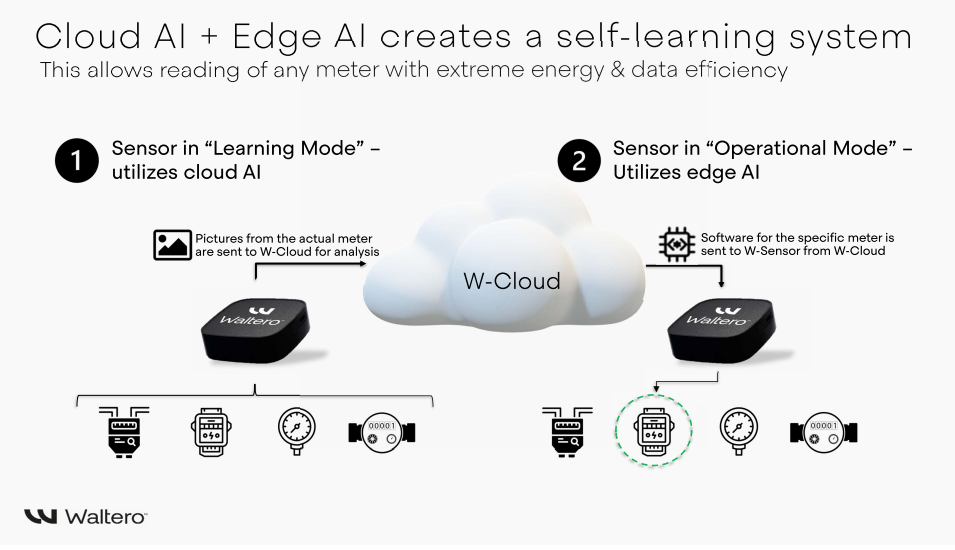
Incorporating a mix of physical devices, software solutions, and network connections caters to the varied requirements of power grids.
This strategy guarantees solid data handling capabilities and enhances operational effectiveness by empowering utility companies to base their decisions on live data streams.
The W-Sensor Advantage
The W-Sensor is compatible with various meters and improves adaptability in numerous settings. The impressive battery longevity of over 10 years enables sustained data gathering and markedly prolongs the service life of conventional analog meters.
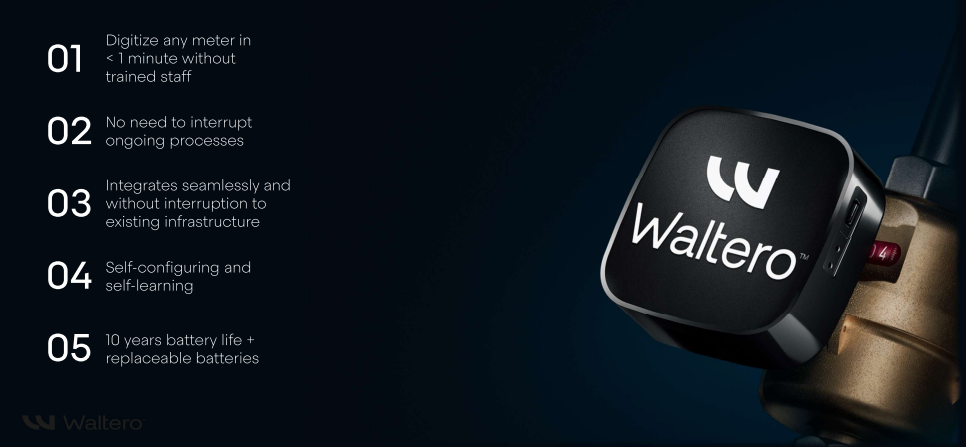
Waltero aims to help utilities optimize operations and reduce waste through advanced IoT and AI-integrated smart meters. Providing financial and environmental benefits by:
- Preserving existing metering assets
- Integrated Self-learning AI system and IoT tech
- Improving accuracy in energy measurement
- Enabling real-time monitoring and data analysis
Such technological advancement bolsters system reliability while promoting the effective utilization of current infrastructure.
Frequently Asked Questions
1. What is the main objective of DEWA’s Smart Grid Strategy 2014–2035?
DEWA aims to develop a sophisticated smart grid through its Smart Grid Strategy 2014–2035, which is designed to boost automated decision-making and guarantee smooth interoperability across water and electricity infrastructures.
By focusing on enhancing both efficiency and sustainability, this strategy envisions paving the way toward an improved future in terms of managing resources.
2. How many smart meters has DEWA replaced as part of its upgrades?
DEWA has remarkably upgraded its infrastructure by substituting more than 2 million conventional electricity and water meters with advanced smart meters, significantly improving efficiency and the quality of services provided.
3. What is the anticipated investment amount for electricity transmission projects by DEWA between 2021 and 2024?
Reflecting their dedication to improving energy infrastructure, DEWA plans to allocate a substantial investment of AED10 billion into electricity transmission projects over the period from 2021 to 2024.
These funds are set to bring about thrilling progress in both the efficiency of electricity delivery and its sustainability!
4. What does Waltero’s end-to-end solution include?
Waltero’s comprehensive solution integrates sensors, communication systems, cloud services, and data management to optimize operations seamlessly.
This robust approach significantly boosts efficiency and bolsters decision-making support!
5. What is the benefit of using Waltero’s solution for old meters?
Waltero’s solution contributes to prolonging the durability of analog meters, enabling you to maintain working devices while effectively minimizing waste.
Opting for this approach is wise for promoting both sustainability and operational efficiency!
Conclusion
The UAE’s commitment to smart grid technology is transforming its energy landscape. From DEWA’s comprehensive smart grid strategy to the innovative solutions provided by companies like Waltero, the UAE is setting a benchmark in energy efficiency and sustainability.
The integration of advanced metering infrastructure, battery energy storage systems, and renewable energy sources is creating a resilient and efficient power grid capable of meeting future demands.
The UAE is well on its way to achieving its vision of a smart, sustainable future.

